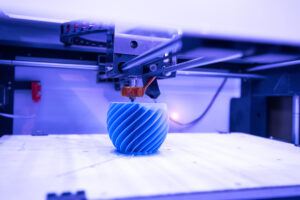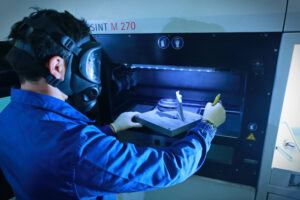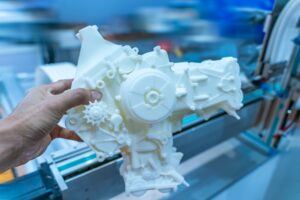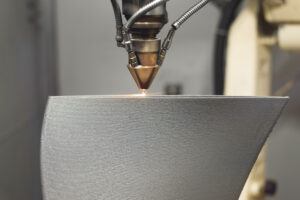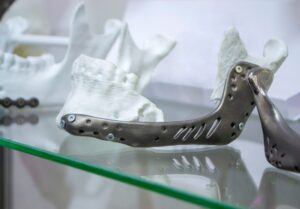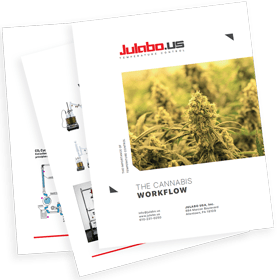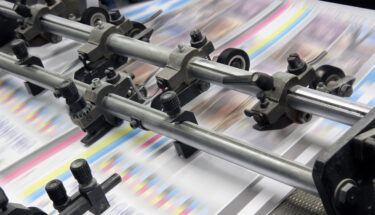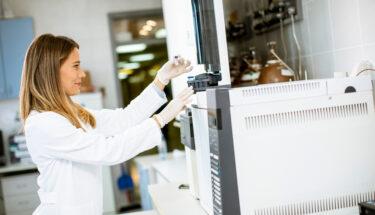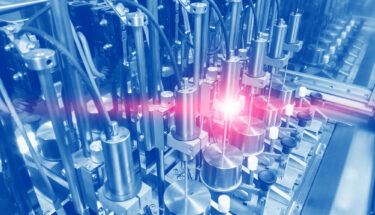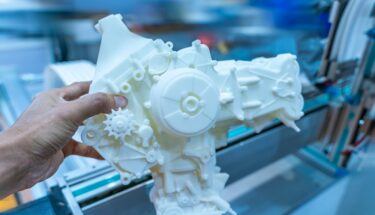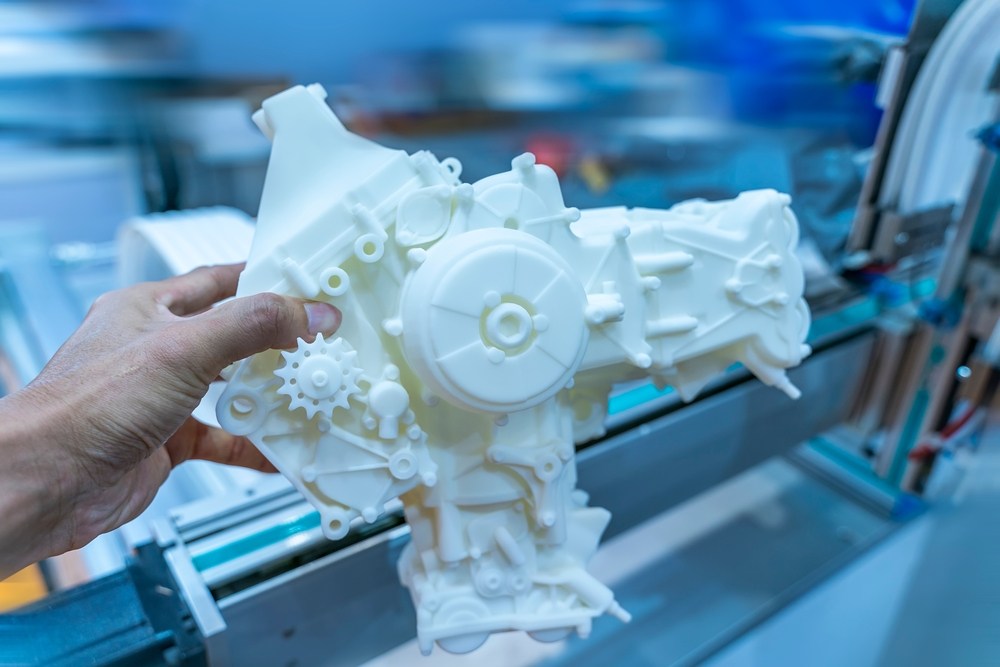
Mastering Liquid Temperature Control for Flawless 3D Prints in Polymer and Metal Alloy Printing
Authored by: Dr. Dirk Frese, VP of Sales, Marketing & Service
If you’re an avid 3D printing enthusiast, you know that achieving consistent and high-quality prints is a constant pursuit. One crucial factor that can make or break your print quality is liquid temperature control. Whether you’re working with thermoplastics like PLA (Polylactic Acid) or ABS (Acrylonitrile Butadiene Styrene), exploring the realm of resin-based printing, or venturing into the world of metal alloy printing, maintaining the optimal temperature of your printing materials is essential for success.
1. Why Temperature Matters
Temperature plays a pivotal role in the polymer 3D printing process because it directly affects the viscosity and flow characteristics of the printing material. Too hot, and the material may become too thin and prone to oozing or stringing. Too cold, and you might experience under-extrusion, clogging, or poor layer adhesion.
Metal alloy 3D printing is a different process using lasers to melt metal powders, thus solidifying them by sintering, creating an additive structure. Temperature needs are much more demanding due to the higher temperature employed, typically around 1000 °C.
2. Material-Specific Temperature Profiles
Different printing materials have unique temperature requirements for optimal performance. Reputable filament or resin manufacturers often provide recommended temperature ranges for their products so do metal powder manufacturers for 3D printing.
By creating and saving material-specific temperature profiles in your printer’s settings, you can quickly switch between materials without the need for manual adjustments. JULABO’s CORIO line of dynamic temperature control systems allows for easy programming and storage of custom temperature profiles tailored to different 3D printing materials.
2.1. Temperature Control in Polymer 3D Printing
In polymer 3D printing techniques like Fused Filament Fabrication (FFF) or Fused Deposition Modeling (FDM), the temperature determines the degree of melting and the ease with which the molten plastic can be extruded through the nozzle. These techniques operate at temperatures typically between 200-300 °C. The role of temperature control is primarily:
A. Maintaining the hot end (nozzle) at the optimal temperature for melting the polymer filament.
B. Heating the build platform to aid in adhesion of the first layer.
While precise temperature control is important, the requirements are less stringent compared to metal 3D printing. JULABO circulators may be used for heating components like the hot end or build platform. Good examples for the industrial process range from the JULABO FL1201 to the FL11006 chillers or the specialized FC1600 to the FCW2500T for the semiconductor industry depending on the heat load of your process.
2.2. Temperature Control in Metal 3D Printing
In metal 3D printing processes like Direct Metal Laser Sintering (DMLS) or Selective Laser Melting (SLM), extremely high temperatures are required to fully melt the metal powder, typically over 1000 °C. Precise temperature control is crucial for:
A. Maintaining the build chamber slightly below the melting point of the metal powder, typically over 1000 °C, to allow selective laser melting while the surrounding powder remains solid.
B. Controlling the temperature gradient and cooling rate during printing, which impacts the microstructure and mechanical properties of the printed part. Rapid cooling can lead to residual stresses and cracking, while slower cooling may cause undesirable phase changes or grain growth.
C. Preheating the metal powder feedstock to an optimal temperature before printing to improve flowability and packing density, enhancing part quality.
JULABO circulators are commonly employed in metal 3D printers to provide highly accurate temperature control and circulation of heat transfer fluids used for heating the build chamber and components, as well as cooling the lasers.
The extreme temperatures and precise temperature gradients required in metal 3D printing necessitate the use of advanced temperature control systems like JULABO circulators of the PRESTO series.
3. Achieving Optimal Temperature Control
Modern 3D printers offer various temperature control mechanisms to help you dial in the perfect settings for your specific materials and printing conditions. Here are some key strategies to consider:
A. Heated Build Plate
A heated build plate is crucial for ensuring proper adhesion and minimizing warping, especially when printing with materials like ABS or other high-temperature thermoplastics. By maintaining a consistent temperature on the build surface, you can promote better layer bonding and reduce the risk of print failures. JULABO’s compact circulators CF30/CF40 or CF31/CF41 with suction pump are ideal for providing precise temperature control to heated build plates.
B. Heated Enclosure
For larger prints or when working with materials that are particularly sensitive to temperature fluctuations, a heated enclosure can be invaluable. These enclosed printing environments help maintain a stable temperature throughout the printing process, preventing issues like layer delamination or uneven cooling. JULABO’s powerful PRESTO line of temperature control units can efficiently regulate the ambient temperature within large, heated enclosures.
4. Precise Temperature Monitoring and Adjustment
Many modern 3D printers come equipped with advanced temperature monitoring and adjustment capabilities. These features allow you to set and maintain precise temperatures for the hot end, build plate, and even the printing environment. Some printers even offer automatic temperature calibration and adjustment, ensuring consistent results across multiple prints. JULABO’s high-accuracy EasyTemp software enables precise temperature monitoring and data logging for 3D printers.
By diligently following material-specific temperature profiles, whether for polymers, resins or high-performance metal alloys, you can unlock the full potential of your 3D printing materials and achieve superior results.
5. Continuous Improvement and Experimentation
While temperature control is crucial, it’s important to remember that every 3D printing setup is unique. Environmental factors like ambient temperature, humidity, and even the size and geometry of your print can influence the optimal temperature settings.
Don’t be afraid to experiment and fine-tune your temperature settings through trial and error. Keep detailed notes on your print settings, material properties, and the resulting print quality. Over time, you’ll develop a deep understanding of how temperature affects your specific printing process, allowing you to consistently achieve outstanding results.
By mastering liquid temperature control with the help of precise instruments from JULABO, you’ll unlock a world of possibilities in 3D printing, from intricate artistic creations to functional prototypes and beyond. Embrace the pursuit of perfection, and let temperature be your ally in creating flawless 3D prints, whether you’re working with polymers or exploring the realm of metal alloy printing.

